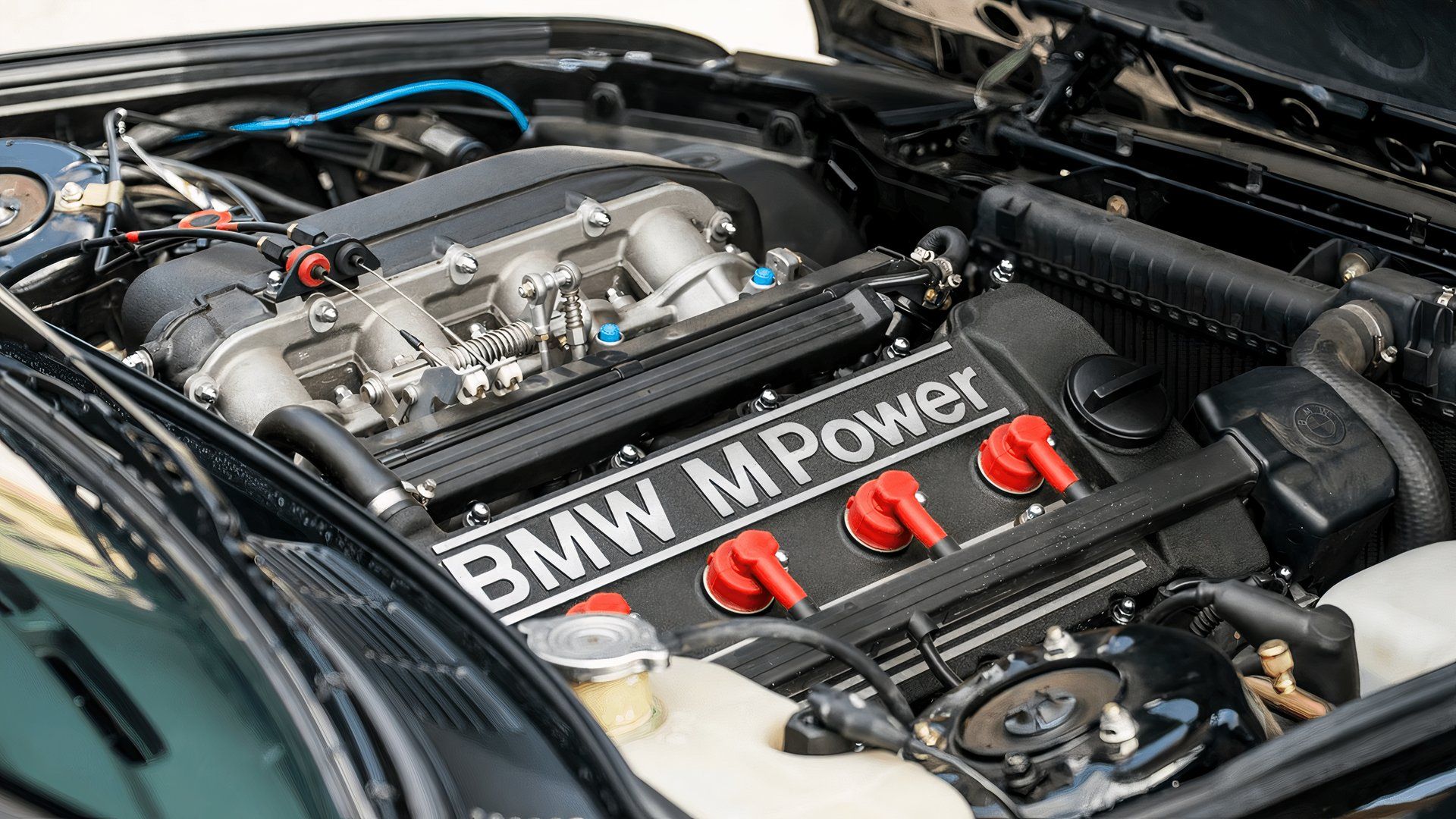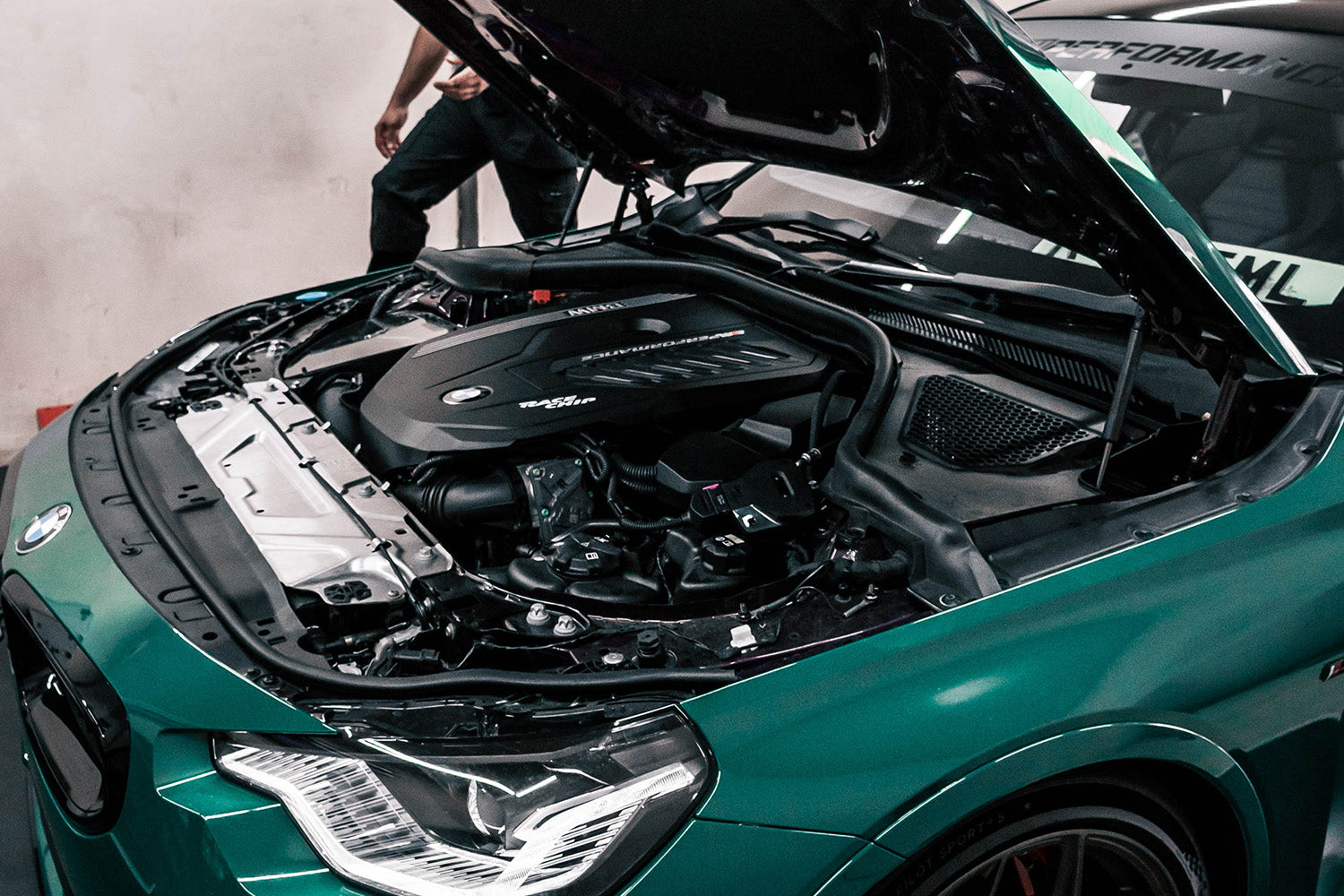Revealing the Tricks Behind the Power of the BMW Engine
Revealing the Tricks Behind the Power of the BMW Engine
Blog Article
Exploring the Evolution of Burning Engines in Modern Transportation Solutions
As we browse the landscape of contemporary transport, the development of burning engines stands as a testament to human ingenuity and engineering expertise. From their simple starts to the sophisticated powerhouses driving cars today, combustion engines have actually undertaken a remarkable trip of development and adaptation. Understanding the details of this advancement not just drops light on the past however likewise paves the way for envisioning what lies in advance in the realm of transportation innovation. The interplay of background, innovation, and environmental worries in forming the trajectory of burning engines produces a narrative that is both insightful and engaging.
Early Beginnings of Combustion Engines
How did the concept of burning engines very first emerge in the early phases of transportation advancement? The origins of burning engines can be mapped back to the 17th century when the concepts of inner combustion were initial checked out.
The development minute featured the creation of the very first successful gasoline-powered engine by Karl Benz in 1885 - bmw engine. This engine led the way for the development of the modern-day auto, reinventing transportation systems worldwide. Succeeding technologies by Nikolaus Otto and Gottlieb Daimler even more fine-tuned burning engine innovation, causing the automation of automobiles and the rapid growth of the transportation sector
These early burning engines were identified by their simpleness and performance, laying the foundation for the complicated and effective engines utilized in contemporary transport systems. The development of burning engines has actually contributed in forming the means we take a trip and deliver products, noting a substantial turning point in the history of transportation growth.
Change to Internal Burning Innovation
The change to inner combustion innovation noted a pivotal shift in the advancement of transport systems. This shift began in the late 19th century, with innovators like Nikolaus Otto and Gottlieb Daimler developing the very first effective interior burning engines. These engines revolutionized transportation by supplying an extra effective and effective choice to vapor engines and electrical motors.
Among the crucial benefits of interior burning engines was their ability to be scaled down to match cars, bring about the development of automobiles and bikes. This shift from bulky, stationary engines to portable, mobile ones led the method for the modern transport systems we see today.
The change to internal combustion modern technology additionally spurred innovations in gas technology, leading to the growth of fuel and diesel as main gas resources for automobiles. This change not only made transportation more obtainable to the masses yet also laid the structure for the oil and gas industry to end up being essential to worldwide economies.
Impact of Combustion Engines on Transportation
The fostering of burning engines in transportation systems militarized an extensive change in the effectiveness and rate of worldwide movement. Combustion engines changed transportation by offering a flexible and trusted source of power for different automobiles, consisting of autos, airplanes, vehicles, and ships. This advancement substantially improved the capability for goods and individuals to relocate over cross countries in shorter time frames, causing raised connection between areas and countries.
Furthermore, the prevalent usage of combustion engines has actually had a significant effect on financial growth. The capacity to carry items successfully has actually stimulated profession and commerce, permitting companies to broaden their markets and get to customers worldwide. This has promoted financial development and globalization, as items can now be delivered faster and in bigger quantities than in the past.
Nonetheless, the environmental effect of combustion engines can not be neglected. The combustion of nonrenewable fuel sources has led to air contamination and greenhouse gas discharges, adding to climate modification and presenting health and wellness threats to populations. bmw engine. As a result, there is an expanding emphasis on establishing different propulsion modern technologies to reduce these unfavorable results and create a much more lasting future for transport
Advancements in Combustion Engine Layout
One remarkable development is the advancement of turbocharged engines, which make use of exhaust gases to drive a turbine that presses inbound air, enabling for even more gas to be burnt, resulting in enhanced power result without a significant rise in engine dimension. Variable shutoff timing systems have also changed engine layout by enhancing air movement at various engine rates, improving both power and performance. These innovations jointly contribute to the continual enhancement of combustion engines in modern transport systems.
Future Fads in Combustion Engine Advancement
With technology improvements driving continuous advancement, the future of combustion engine growth is poised to reinvent transportation systems around the world. One of the vital trends in burning engine development is the press towards better performance and lowered exhausts.
An additional prominent trend is the fostering of hybrid technologies in combustion engines. Crossbreed engines incorporate typical combustion modern technology with electric power, supplying enhanced fuel performance and reduced emissions. As the vehicle market changes towards electrification, see this site hybrid combustion engines are seen as a transitional remedy that bridges the space between traditional you can try here vehicles and totally electrical ones.
In addition, the combination of wise modern technologies, such as fabricated knowledge and information analytics, is anticipated to play a considerable role in the future of combustion engine growth. These innovations can enhance engine performance in real-time, causing extra reliable combustion processes and improved total automobile efficiency. Accepting these future fads will certainly not just drive advancement in combustion engine development yet also add to an extra sustainable and eco friendly transportation ecological community.

Conclusion
In conclusion, the advancement of combustion engines in modern-day transportation systems has actually been noted by substantial developments in technology and layout. From the early beginnings of burning engines to the shift to interior combustion technology, these engines have actually had a profound influence on transport. Technologies in combustion engine layout proceed to drive development in this field, with future fads concentrating on additional enhancing effectiveness and lowering discharges. The future of burning engines in transportation looks appealing as r & d initiatives continue to push limits.
The origins of burning engines can be mapped back to the 17th century when the concepts of inner burning were initial explored. These engines changed transportation by offering a more effective and reliable alternative to steam engines and electrical motors.

Report this page